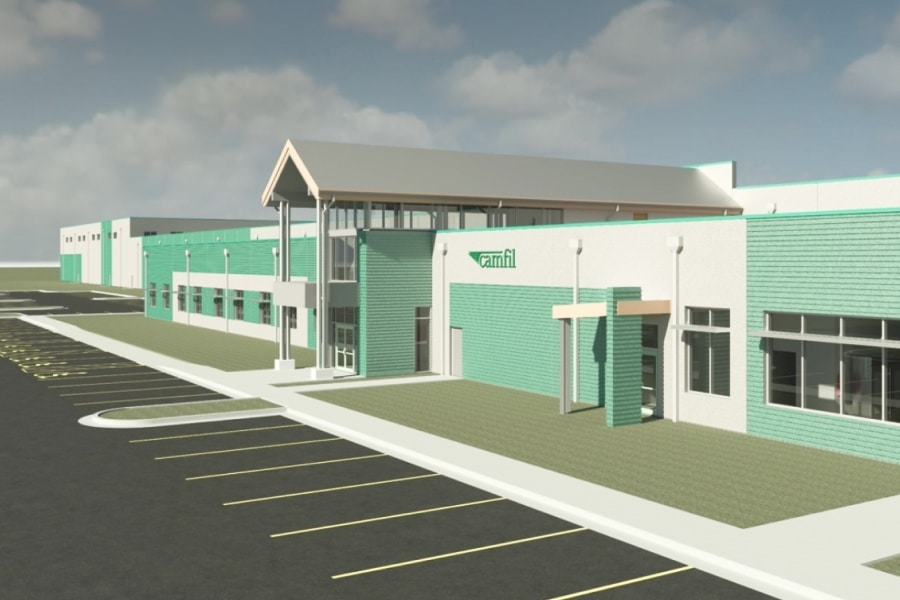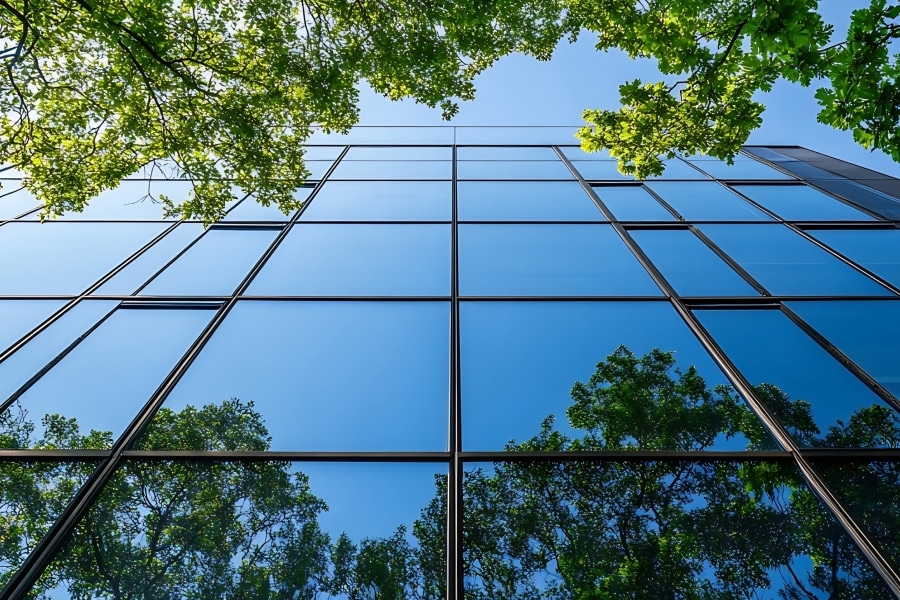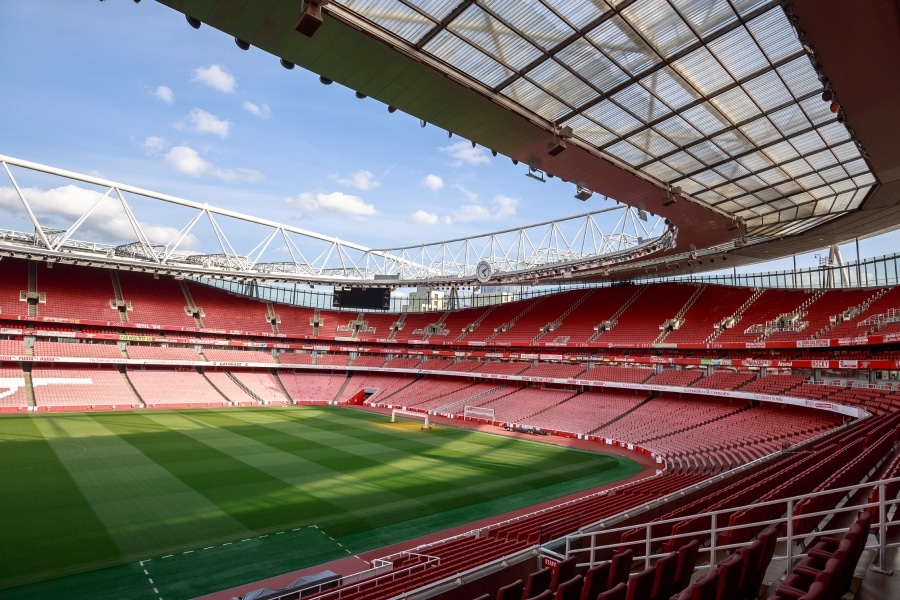Architecture is often a statement of ambition and aspiration, and a giant stadium might be the ultimate expression of both. Yet the story of a building doesn’t begin until its inhabitants arrive.
This is especially true of a sports venue. No designer, architect, contractor or construction worker will ever know what stories will transpire on the fields they create.
After a pandemic-plagued spring and summer, many are longing for the return of the camaraderie and excitement that comes with sports. And while uncertainty abounds on whether sports will fully return in the U.S. this year, these are the top venues set to open if they do in 2020.
Allegiant Stadium
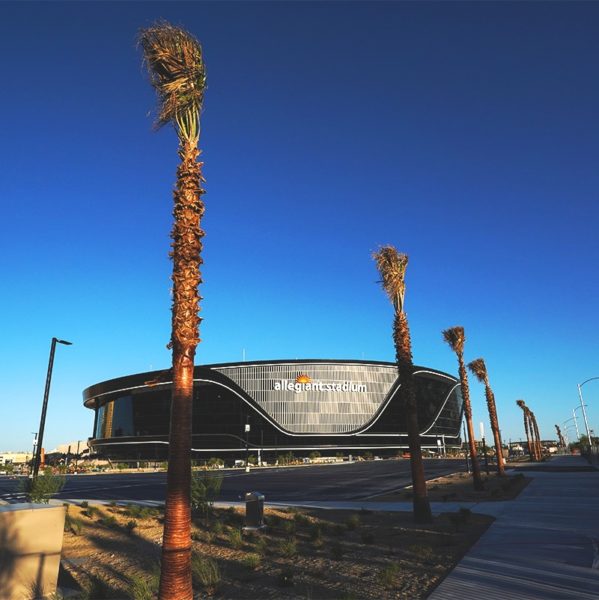
There is nothing subtle about Las Vegas. As the city readies for the arrival of the NFL’s newly re-located Raiders, the designers of Allegiant Stadium, MANICA Architecture, were tasked with transforming a 62-acre lot, adjacent to the world-famous Vegas Strip, into a stadium fit for some of the world’s best athletes.
In this town of gamblers, full of bold and incongruous structures—casinos, luxury hotels, attractions and entertainment venues—the Las Vegas skyline is a building-by-building collage that reveals every architectural era imaginable all in one place. Whether it’s Paris Las Vegas’ Eiffel Tower or the Egyptian pyramid of the Luxor Hotel and Casino, the prospect of imposing another legacy building onto such an eclectic city grid could be daunting.
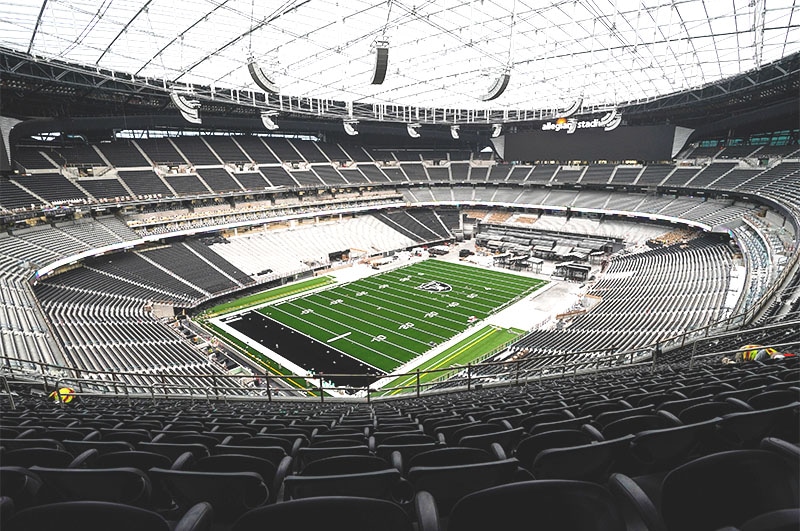
MANICA, however, has smartly used the open space on the opposite side of the glittering Strip to construct a low-lying, sleek black structure that nearly acts as a counterpoint to the aforementioned black pyramid of the Luxor.
Allegiant Stadium, shaped like a horseshoe, will overlook that attention-grabbing Strip, culminating in a 120-foot tower, or “flaming cauldron,” to honor the Raiders’ late owner and general manager, Al Davis. With seating for 65,000 spectators (expandable to 72,000 for Super Bowl-sized events), a natural turf playing surface, air-conditioning and moveable walls, Allegiant is unique enough for Las Vegas without sacrificing the amenities any serious 21st-century NFL fan demands.
Globe Life Field
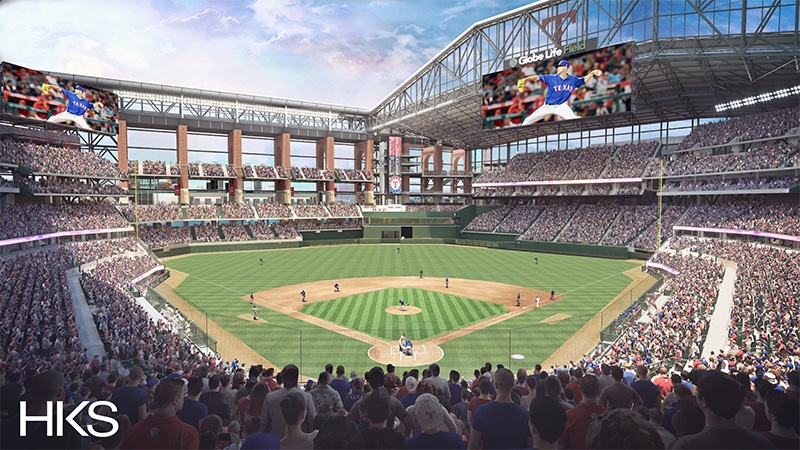
Featuring a 5.5-acre retractable roof made from lightweight ethylene tetrafluoroethylene (ETFE) to allow more natural light, 13,000 square feet of video boards (the equivalent of 1,220 60-inch televisions) and more intimate, low-level seating to bring fans closer to the gameplay, Globe Life Field is the new home of Major League Baseball’s Texas Rangers.
Designed by HKS Architects, Globe Life Field seats approximately 43,000 spectators in a 1.7-million-square-foot ballpark. Built in Arlington, Texas, adjacent to the Rangers’ former stadium and the Dallas Cowboys’ world-renowned AT&T Stadium, Globe Life occupies 13 acres where it will become the centerpiece of an entertainment campus with retail shops and a performing arts venue.
Players who have visited the ballpark already notice the difference—especially the proximity of the crowd and the steeper incline of the upper levels that will ensure a much louder game-day experience. With a rowdy home field advantage enhanced by the designers at HKS, perhaps more teams across all sports will consider architectural advantages to winning, as the Rangers await the fate of a coronavirus-truncated 60-game season to test out the team’s new $1.5 billion shrine to the nation’s oldest pastime.
SoFi Stadium

“These buildings change people’s lives,” said Mark Williams, principal and business development for sports at HKS Architects. “They can close their eyes and say, ‘I remember walking into that building for the first time 10 years ago with my dad.’ People don’t talk about office buildings that way.”
Williams articulates both the design challenge and the unknowable legacy that his firm’s creation will foster among arguably the most important customers in all of sports: NFL football fans. The future home of both the Los Angeles Chargers and the Los Angeles Rams, SoFi Stadium will become the league’s largest venue, measuring 3.1 million square feet, with seating for roughly 70,000 spectators that can expand to accommodate 100,000 visitors for larger events.
The new home for both teams will sit on 298 acres at Hollywood Park in Inglewood, California, as part of a wider civic plan to reinvigorate the area with a public park, retail and residential units. The stadium is already set to host Super Bowl LVI in 2022, as well as the opening and closing ceremonies for the 2028 Olympic Games.
Described as the first-ever “indoor outdoor” stadium—not to be confused with a retractable roof—the venue will boast a state-of-the-art canopy design that will cover the entire venue yet allow for an “open-air” experience to capitalize on Southern California’s near-perfect weather. With an attached 6,000-seat performance venue and an Oculus video board measuring 60,000 feet, SoFi Stadium is poised not to just be the envy of the league, but a perfect fit for Los Angeles, the entertainment capital of the world.



